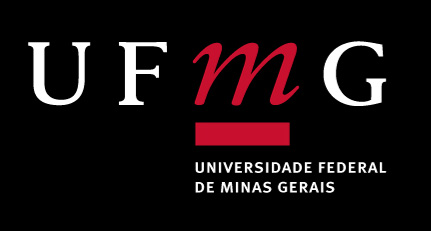Segregação socioespacial em Belo Horizonte
uma aplicação de modelos difusos
DOI:
https://doi.org/10.35699/2237-549X..13188Palavras-chave:
Segregação social, Segregação espacial, Indicadores sociais, Análise de clusterResumo
O artigo investiga a relação entre segregação social e segregação espacial em Belo Horizonte, a partir da aplicação do método FANNY – Fuzzy Analysis – aos dados da Contagem Populacional de 1996, e da utilização da cartografia temática. O método FANNY gerou um indicador de segregação social, a partir da criação de dois clusters, representando os dois extremos da condição social. O indicador de segregação social foi definido como grau de associação do setor censitário ao cluster de condições sociais menos favoráveis. A segregação espacial foi definida pela característica de ocupação do setor censitário. Os resultados confirmaram a hipótese de forte relação entre as duas formas de segregação em Belo Horizonte. Além disso, verificou-se a utilidade do método utilizado para a construção de indicadores sociais para pequenas áreas.Referências
CAIADO, M. C. S. O padrão de urbanização brasileiro e a segregação espacial da população na região de Campinas: o papel dos instrumentos de gestão urbana. In: ENCONTRO NACIONAL DE ESTUDOS POPULACIONAIS, 11., 1998, Caxambu. Anais... Belo Horizonte: ABEP, 1998. p.457-488.
FAVA, Vera L. Urbanização, custo de vida e pobreza no Brasil. São Paulo: IPE/USP, 1984.
GARCIA, R. A. Modernização e declínio da fecundidade no nordeste brasileiro: um estudo micro-regional. 2000. 82f. Dissertação (Mestrado em Demografia) – CEDEPLAR, Universidade Federal de Minas Gerais, Belo Horizonte, 2000.
KAUFMAN, L.; ROUSSEEUW, P. J. Finding groups in data: an introduction to cluster analysis. New York: John Wiley, 1990.
SANTOS, Milton. Urbanização brasileira. São Paulo: Hucitec, 1996.
SOUZA, J. M.; TEIXEIRA, J. G. Desigualdade sócioespacial e migração intra-urbana na Região Metropolitana de Belo Horizonte 80-91. Metrópole, São Paulo, v.1, p.99-136, 1999.
VAINER, Carlos B. Cidades, cidadelas e a utopia do reencontro: uma reflexão sobre tolerância e urbanismo. Cadernos IPPUR, Rio de Janeiro, v.12, n.1, p.33-46, 1998.
ZADEH, L. A. Fuzzy sets. Information and Control, [S.l.], v.8, n.3, p.338-53, 1965.
Downloads
Publicado
Edição
Seção
Licença
Copyright (c) 2005 Adriana Miranda-Ribeiro, Ricardo Alexandrino Garcia

Este trabalho está licenciado sob uma licença Creative Commons Attribution 4.0 International License.
Os artigos desta revista obedecem a licença Creative Commons — Attribution 4.0 International — CC BY 4.0









